 Each year, CSA celebrates women in the fields of cryogenics, superconductivity, and quantum in our annual Women in Cryogenics feature. This year, we meet eight women across various sub-industries of cryogenics who are not only making great accomplishments and impacts in their fields of work, but also who provide powerful advice for how to attract more women to the world of cryogenics.
Each year, CSA celebrates women in the fields of cryogenics, superconductivity, and quantum in our annual Women in Cryogenics feature. This year, we meet eight women across various sub-industries of cryogenics who are not only making great accomplishments and impacts in their fields of work, but also who provide powerful advice for how to attract more women to the world of cryogenics.
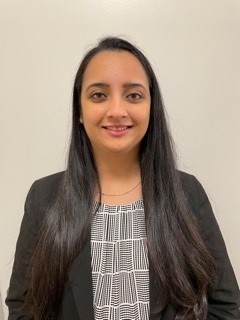 Akanksha Apte
Akanksha Apte
Who is your present employer?
Stanford National Accelerator Laboratory (SLAC)
What is your title?
Cryogenic Process Engineer for LCLS-II project
What projects are you working on now?
LCLS-II is an upgrade to the existing Linac Coherent Light Source (LCLS). LCLS-II will add a superconducting accelerator, which will generate an almost continuous X-ray laser beam. LCLS-II requires a powerful cooling plant that produces refrigerant for the superconducting accelerator. At SLAC, I am a part of the cryogenics team responsible for the operation of the helium refrigeration cryoplant for the LCLS-II project. Currently, we are in the commissioning phase of the LCLS-II project; however, I am also involved in the new project, LCLS-II HE, which will be an upgrade of LCLS-II. It is projected to deliver two to three orders of magnitude increases in average spectral brightness by increasing the energy of superconducting LINAC to 8 GeV.
What accomplishment are you most proud of?
We achieved a major milestone at SLAC for the LCLS-II project in March 2022. We have cooled down LCLS-II LINAC from 300K to 4.5K for the very first time. This is an important step towards our final goal of operating LCLS-II LINAC at 2K. I am proud of being one of the functional members of the team behind this success.
What advancements in cryogenics are you hoping to make in the future?
I am excited for all the new projects that are planned at SLAC, which are vital to the scientific community. Findings from operating cryoplants for LCLS-II will help me to investigate design optimization aspects for the new upcoming projects.
What advances for women would you like to see in the fields of cryogenics and superconductivity?
I am always amazed to see many women in the scientific community of superconductivity, but not so much in cryogenic engineering and operations. More diversity in the workforce is something lacking in the field of cryogenics. I am grateful for the wonderful team members at SLAC for always focusing on equal opportunities and encouragement in the workplace.
What would be the best approach to getting more women into your field?
Early on in my career, I had the opportunity of working under strong female leadership, and the one thing I have learned from them is that it’s very important for women to lift up other women; and the best way to do that is to lead by example and encourage others. SLAC, along with other Department of Energy labs, conducts a yearly program for high school girls known as SAGE. This one-week camp provides a platform for female high schoolers to interact with the scientists and engineers working at SLAC. They have the opportunity to interview them and gain hands-on experience with prototype projects during the course. This is a very fun way of exposing young women to the world of cryogenics and superconductivity.
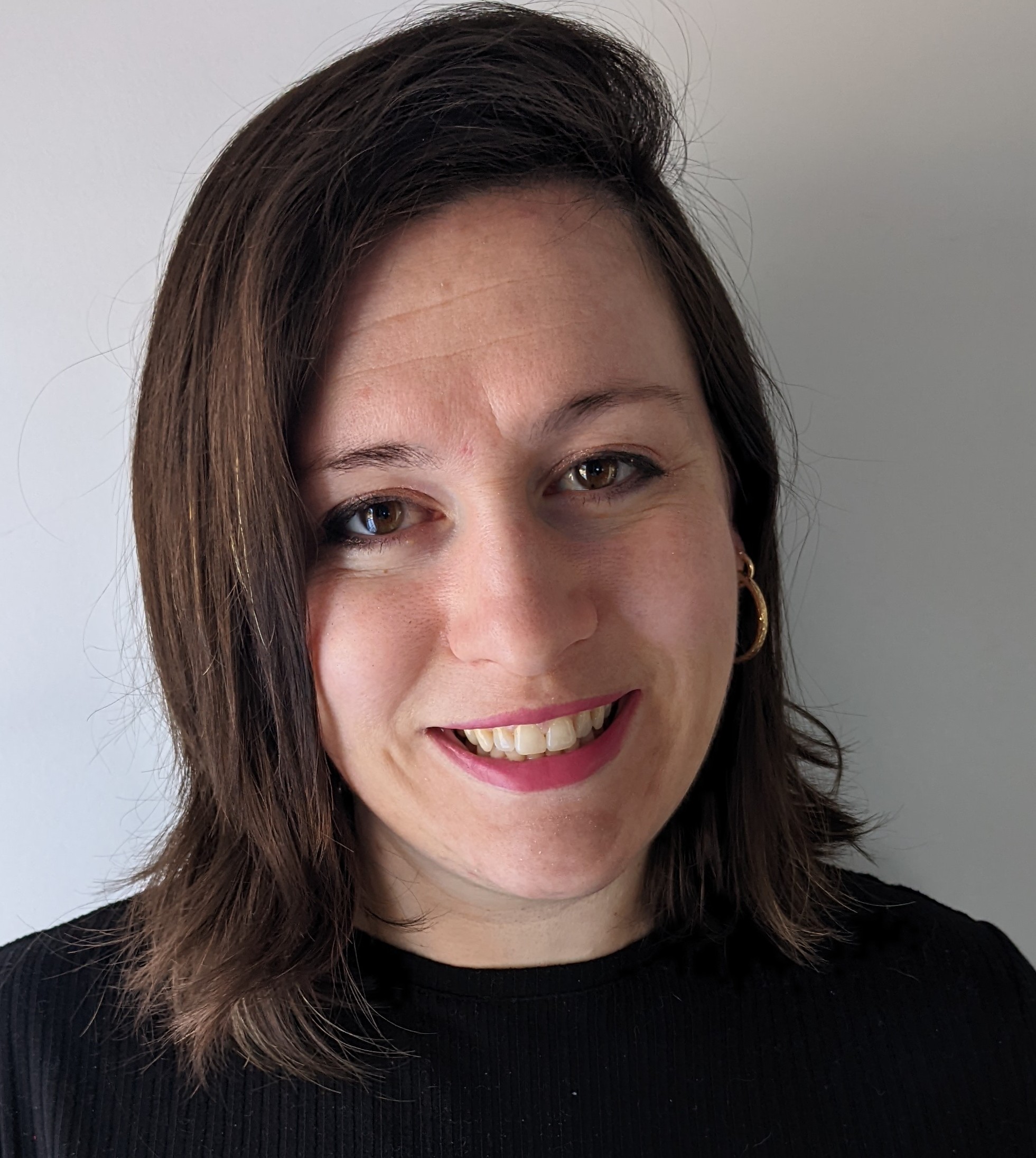 Kayleigh Byrns
Kayleigh Byrns
Who is your present employer?
Cryomech Inc.
What is your title?
R&D Design Engineer
What projects are you working on now?
I am currently working on several custom cold helium circulation systems, including a project for two systems that utilize a cryofan to circulate the cold gas. I'm also working on various 1 K and 4 K low vibration cryostats. These cryostats feature a sample space vacuum chamber with associated shielding and thermometry. Cryostats also contain various customer-specific modifications, which can include bolt patterns, optical windows, specific instrumentation and equipment stands.
What accomplishment are you most proud of?
As part of a collaborative team that works directly toward both customer-specific application needs and new product development, I'm most proud of my work across departments and with our customers and vendors to fully design a concept model, source design-specific material and manage the project timelines required to make our concept production-ready. We face many challenges in designing and manufacturing both product prototypes and custom modifications for customer-specific applications. Cryomech’s ability to meet these challenges time and again, under any circumstances, is due to our company’s tenacious culture of finding solutions to support our customers' successes. I’m proud to be a part of this team where contributions come from everywhere and pride is felt collectively.
What advancements in cryogenics are you hoping to make in the future?
I strive to keep learning and growing as a professional. I hope to continue working with and learning from today’s pioneers in cryogenics and to contribute to Cryomech's continued success at the forefront of new product development for existing and emerging cryogenic markets.
What advances for women would you like to see in the fields of cryogenics and superconductivity?
I’d like to see more women highlighted for their achievements in cryogenics, whether in popular publications, academic publications, documentaries, etc. Visibility leads to awareness; awareness leads to curiosity and interest. Ultimately, the more visible women are in these fields, and in all STEM fields, the more women will be drawn to these fields in the future. Highlighting women for their achievements empowers all women to think of their possibilities.
What would be the best approach to getting more women into your field?
I believe the best approach to getting more women into the field is to begin building that exposure and interest early on through robust local and community-based STEM programs for children and adolescents. I was fortunate enough to be approached by a local company while in high school to participate in a program specifically for children interested in engineering. That program is the reason I became an engineer.
Yulia Gitter
Who is your present employer?
Hydrogen Properties for Energy Research Lab (HYPER) at Washington State University.
What is your title?
Graduate research assistant
What projects are you currently working on?
Additive manufacturing has provided a unique opportunity to increase the variability in form, function and materials used in cryogenics, but there is little to no data on material behavior due to thermal stresses experienced by these anisotropic materials with complex geometries. To address this gap in understanding, I am developing a cryogenic dilatometer to characterize the Coefficient of Thermal Expansion (CTE) of 3D-printed parts down to 20 K. This data will allow for more accurate modeling of thermal stresses in additively manufactured parts utilized in the aerospace and aviation industry.
What accomplishments are you most proud of?
The challenge was developing the world's most compact, field-deployable hydrogen liquefier. Led by a master's student and one other undergraduate, it ended up being a dream team of go-getters, a model for future teams. The system consisted of a dual stage cryocooler, 3D-printed AlSi10Mg heat exchanger and a hydrogen level sensor with eight temperature sensors, superconducting wires and a heater block. The most difficult part was the electrical work and plumbing due to spatial constraints in the dewar. Luckily, because of meticulous planning, steady hands and a lot of patience, we were successful when we plugged the internals in on the first round. We have since completed over 40 fills of our tanks with this liquefier at multiple field locations.
What advancements in cryogenics are you hoping to make in the future?
I have completed hundreds of one-way plane rides as a skydiving instructor and have always had the persistent question: “Why is this Cessna not fueled with a renewable?” Liquid hydrogen has a significantly higher specific energy and is lighter than conventional fuel sources. It is the logical next step towards the goal of zero-emissions in the aviation industry. One of the limiting factors is storage due to liquid hydrogen's boiloff at such a low temperature. There are many gaps in understanding the materials, mechanics and manufacturing of novel geometries. Determining more optimal fuel storage tanks that can be integrated into turboprop aircraft is the ultimate goal.
What advances for women would you like to see in the fields of cryogenics?
The advances necessary for women in cryogenics are simply more women, but not just any women; they need to be gritty go-getters with ambition. They cannot be afraid to try something new, and most importantly, they cannot be afraid to fail.
What is the best approach to getting more women into your field?
What if the process for selecting candidates for STEM positions in academia, whether it be a student, researcher or faculty, took out the name and candidate photo? What if the hiring process was solely based on merit? It all comes down to the fact that we do not want to be known solely for being a woman in engineering because then that is all we are. Accolades are immediately discounted because of an unnecessary pronoun. This sets the tone for the infamous impostor syndrome — a huge factor for leaky pipelines in STEM. If we reduce the bias in hiring, merit will speak for itself. Omitting this distinction is how you get more women in the field and, more importantly, more women to stay in the field. We are not accomplished female engineers. We are accomplished engineers.
Lana Grimsley
Who is your present employer?
GenH2
What is your title?
Communications and Marketing Specialist
What projects are you working on now?
I'm working on liquid hydrogen infrastructure supply.
What accomplishments are you most proud of?
Being part of an organization dedicated to making liquid hydrogen more accessible. I truly believe liquid hydrogen is the answer to our cleaner energy needs, and to make that goal obtainable, liquid hydrogen needs to be more widely available. GenH 2’s mission is to advance the hydrogen economy by accelerating infrastructure buildout to support the energy needs for land, air, sea and space.
What advancements in cryogenics are you hoping to make in the future?
I hope to bring recognition to the GenH 2, CTO and Cryogenics teams who are providing game-changing liquid hydrogen and liquefaction technologies. I hope these efforts inspire others to find interest in this field.
What advances for women would you like to see in the fields of cryogenics and superconductivity?
I believe women have all the capabilities in this field to go as far as they desire. It would be great to see more spotlight articles from women in the profession that could be distributed to high school and college campuses to help inspire other females to pursue these types of careers.
What would be the best approach to getting more women into our field?
When I was younger, I would participate in bring-your-daughter-to-work days at NASA with my grandfather, Irby Moore, and my current co-worker, James Fesmire; both are incredibly talented in their trade and focused on encouraging educational experiences for our youth. During these daughter-to-work events, we would participate in hands-on lab experiments and tours of the entire facility. In my opinion, there is no better way to encourage and inspire young minds than to immerse them in hands-on, rich opportunities such as those I was fortunate to be a part of as a child at NASA.
Exposing our youth to workspaces and environments, such as cryolabs, where they can see firsthand how experiments are performed and what results they produce, is an excellent way to embed excitement and passion for this field. Putting programs like this back into our work environment would be a beneficial approach to getting more women into our field.
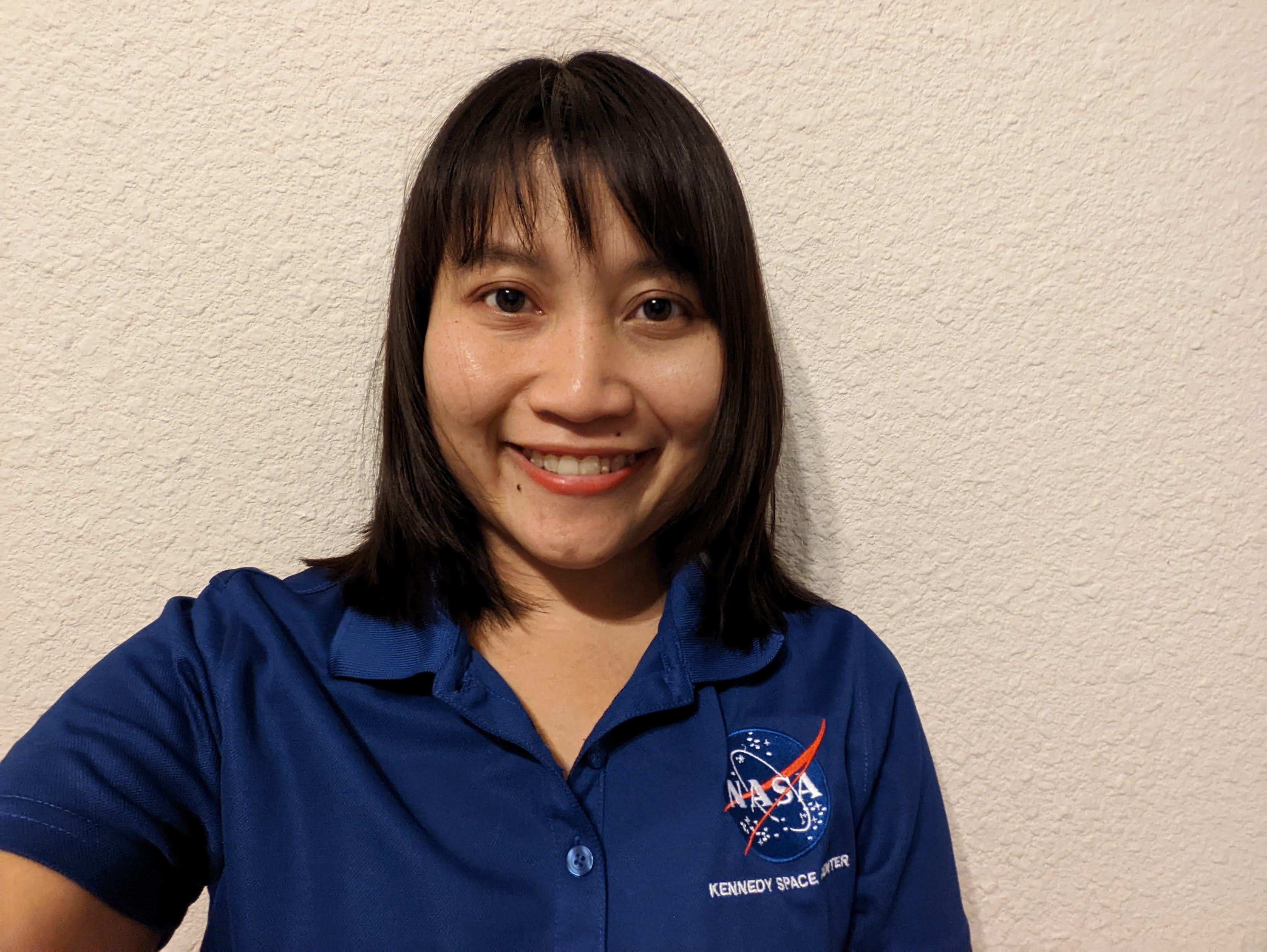 Ajchariya Harrison
Ajchariya Harrison
Who is your present employer?
Bionetics Corp., Kennedy Space Center
What is your title?
R&D Engineer for Cryogenic Test Lab
What projects are you working on now?
I'm currently developing a cryo-capacitor module for use in liquid oxygen life support. We are utilizing the benefit of the high surface, area matrix structure of an aerogel composite material to produce the cryo-capacitor that will be used to charge (immerse) with liquid nitrogen for experimentation. The capacitor should be capable of capturing carbon dioxide during exhale and supplying oxygen during inhale.
What accomplishment are you most proud of?
I'm proud of all the projects I’ve worked on, especially the cryo-capacitor. I was involved in all aspects of the experiment, including the test setup. It was a great feeling, seeing the first result that proved our cryo-capacitor could sequester carbon dioxide — even if it was only for about 15 minutes at first. We kept remodeling and are now at around 50 minutes with the same volume of aerogel.
What advancements in cryogenics are you hoping to make in the future?
I’m hoping for the success of commercial liquid hydrogen storage and transportation. I also hope to see a significant cost reduction in hydrogen production with lowest or near net-zero emissions. Then it will be affordable to everyone, making it common enough to be utilized as an energy source everywhere, even in your house.
What advances for women would you like to see in the fields of cryogenics and superconductivity?
I'm not sure about the advancements, but I want to see more men and women work together as a team. Now that women are more accepted, it should be easier for them to take initiative, speak out, share their opinions and give suggestions to a team than it was previously.
What would be the best approach to getting more women into your field?
I think what would be easiest would be to introduce cryogenics to women early (in childhood) and show them some engaging experiments. Having a female engineer as the speaker at childhood events (like career days) could potentially inspire other young girls/women to consider cryogenics as a future career.
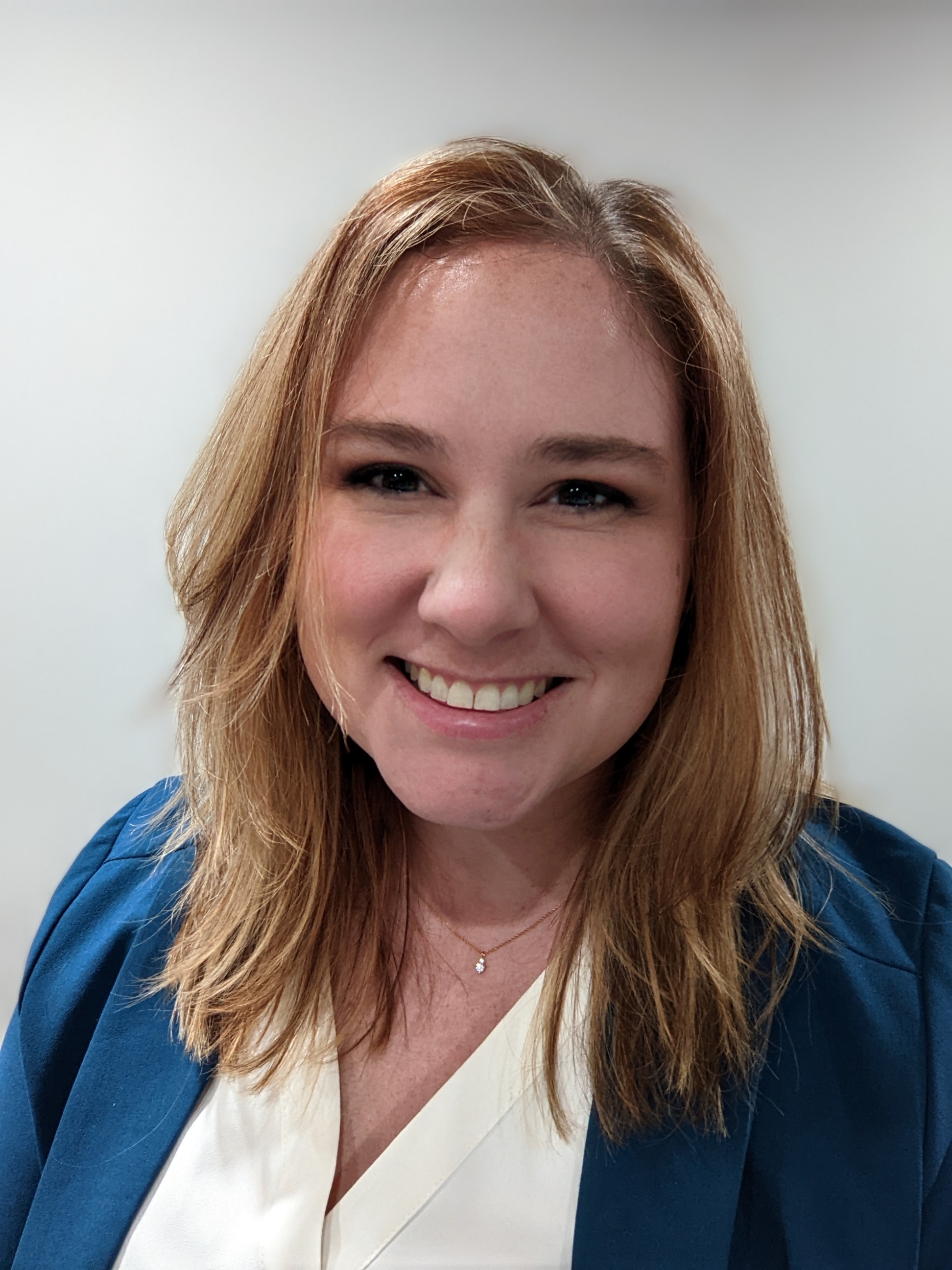 Beth McCall
Beth McCall
Who is your present employer?
Chart Industries
What is your title?
Engineering Manager
What projects are you working on now?
I'm honored to be in a position where I lead a team of talented engineers who work on a wide array of exciting projects that support hydrogen and cryogenic mobile equipment for Chart Industries. Our projects include the development of hydrogen trailers for the Republic of Korea and supporting Chart’s Orca™ MicroBulk Delivery Systems. We have also developed equipment to support the hydrogen fuel and mobility market.
What accomplishment are you most proud of?
Meeting the rapidly expanding global demand for hydrogen distribution equipment is a significant challenge. Our team in Theodore, AL has transformed their facility to become a high throughput, hydrogen transport manufacturing facility. This change has required significant restructuring of daily processes in all areas, including within my team, all while taking on new design and engineering work to support our customers and while developing new products and training new team members.
Each member of the team has had opportunities through this transformation to demonstrate their strengths through collaborations with different departments in the plant. It has been incredibly rewarding to witness the growth in talent from everyone – from customer-facing roles in product management through development, training manufacturing personnel on standard work processes, and working with other Chart engineering experts in other facilities on tackling complex mathematical analyses and code interpretation. I’m incredibly proud of the way this team has adapted to the changes in the facility and the consistently positive and collaborative attitude they have taken with the transformation.
What advancements in cryogenics are you hoping to make in the future?
I look forward to making a big impact through developing new products for the hydrogen and mobile market. In particular, the hydrogen fuel and mobility markets are expanding quickly, with significant opportunities to support growth in alternatives to fossil fuels. Working with my team to develop new products in this space will establish the infrastructure to provide alternatives to transportation powered by nonrenewable fuel sources.
What advancements for women would you like to see in the fields of cryogenics and superconductivity?
More representation! It's an honor to work for a company that is led by a woman (Jill Evanko, CEO); however, the field of engineering is still dominated by male voices. We collectively have better ideas, collaborate better, and are better innovators when we are comprised of more diverse and equitable teams.
What would be the best approach to getting more women into your field?
There are many ways to approach this. In the past, I’ve enjoyed partnering with female-focused organizations, such as the Society of Women Engineers (SWE) who focus on developing female engineering talent and partnering with companies to recruit and place female talent into their organizations. I also believe that men play an important role as allies in supporting women in our field by acting on biases that they perceive in addition to voicing their support of initiatives to bring more diversity into the workplace. Supporting and engaging women into engineering starts in school but extends throughout every woman's career.
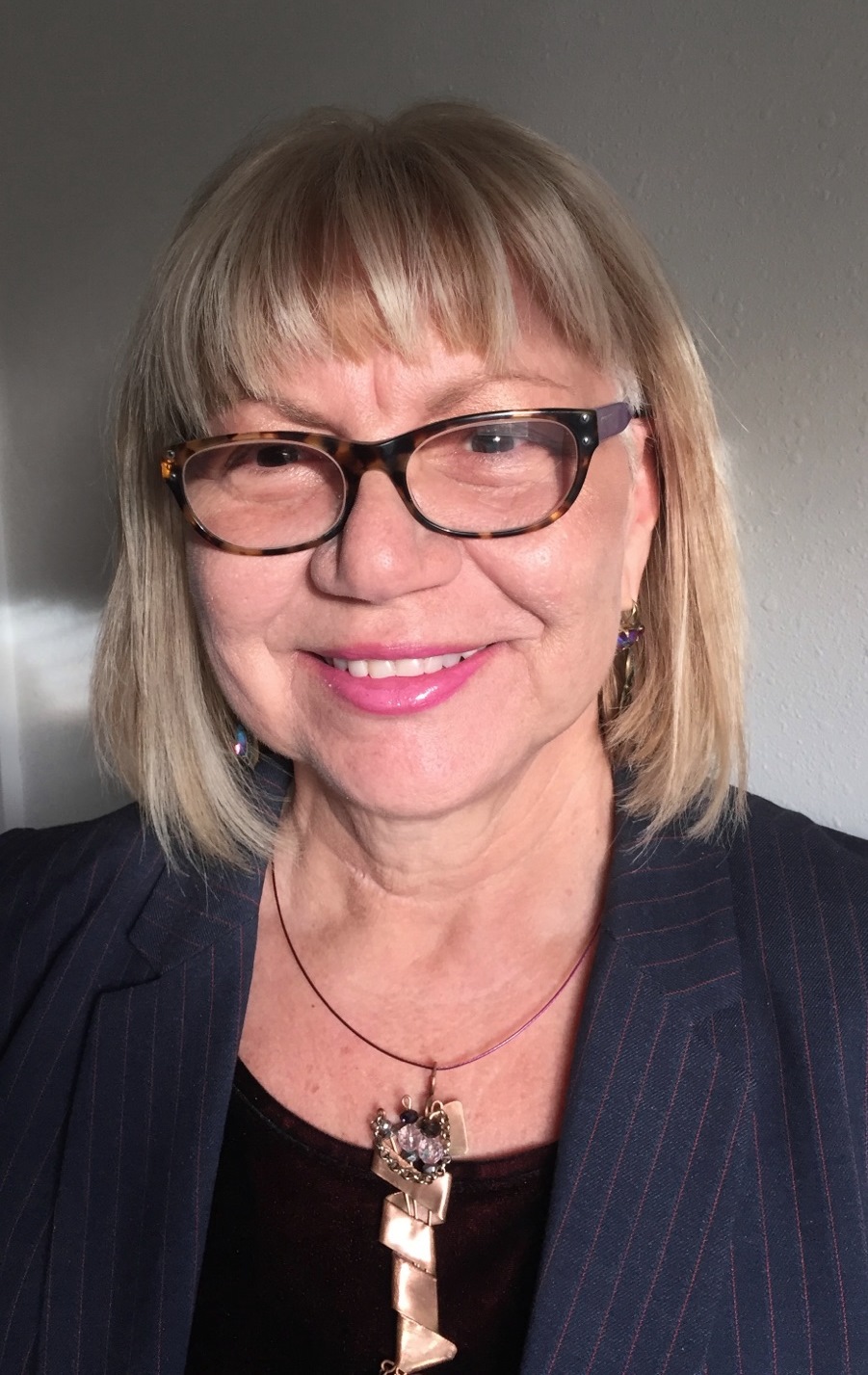 Martha K. Williams
Martha K. Williams
Who is your present employer?
GenH2
What is your title?
Ph.D., Scientist, Researcher, and Inventor; Senior Technical Advisor; Supports the Chief Technology Officer (CTO) / Chief Architect and Co-Founder
What projects are you working on now?
Currently, I am working on multiple projects:
- I am supporting GenH 2’s CTO in a broad range of technologies to address its mission of providing liquid hydrogen infrastructure solutions for the marketplace and spanning across different scales and capabilities.
- I am supporting GenH 2’s CTO with a comprehensive, big picture approach to technology development and invention in order to implement prior art and emerging and new technologies so we can meet GenH 2’s vision.
- I serve as a technical manager, a liaison for NASA-licensed technologies and as an inventor of some of the licenses that are slated for implementation and technology advancements.
- I am the technical advisor and editor for technical blogs and e-books.
What accomplishment are you most proud of?
Since GenH 2 is a young company, the accomplishment to date that stands out to me is being part of the founding team in 2020. Quoting the CTO, “Hydrogen is hard; liquid hydrogen is even harder.” Being part of the GenH 2 visionary team that is addressing the big challenges of providing valuable solutions for the hydrogen economy's current and future needs is rewarding and welcomed.
My other important accomplishments (at NASA) before coming to GenH 2 were inventions in hydrogen sensing technologies and multiple low temperature, cryogenic thermal insulation and storage systems. Some cryogenic insulation systems concepts were utilized to address the space shuttle Columbia’s return-to-flight, including the external tank, liquid hydrogen insulation and liquid oxygen piping experimental investigations. Innovative insulation systems approaches were needed, and investigations led by the NASA Cryogenics Test Laboratory included the development and testing of advanced foam and aerogel hybrid systems. My work was recognized by achievement awards from both NASA and the NASA Engineering Safety Center.
What advancements in cryogenics are you hoping to make in the future?
I'm hoping to support GenH 2’s CTO and Cryogenics team in providing game-changing liquid hydrogen and liquefaction technologies — system(s) that are multiple scaled and can be mass-produced for land, air and sea markets. I’m also looking forward to new intellectual property in energy storage systems and innovative, insulating conductive composites for cryogenic systems that we anticipate achieving.
What advances for women would you like to see in the fields of cryogenics and superconductivity?
I would like to see more women in science and engineering be interested in, become involved with and be welcomed in the diverse area of cryogenics by using their interdisciplinary skills to bring major strides, advances and innovation to this essential area for a cleaner energy economy.
What would be the best approach to getting more women into your field?
Mentorship is an important approach to getting more women, especially early career women, into the cryogenics discipline. Furthermore, earlier exposure to specialty training in cryogenics will help women be able to realize how their specialty skills or backgrounds can add value to this challenging and exciting area of research and work. Collaboration and partnerships across disciplines are another great approach to transitioning into this field.
Emily Zhang
Who is your present employer?
East Far Materials
What is your title?
Sales manager
What projects are you working on now?
I am selling and promoting East Far Materials and CryoMLI series products for the cryogenic industry, particularly those in cryogenic transport and storage equipment.
What accomplishment are you most proud of?
I am learning and understanding a whole new industry and enjoy growing in the profession of cryogenics. My leader and friends have helped me a lot, taking me step-by-step, like a family, into the big field of cryogenics. Starting with little knowledge about cryogenics and still learning English, with the help of my coworkers, I have become a sales manager at East Far Materials. A sapling has grown into a big tree. I will continue to sow more saplings in return for the company.
What advancements in cryogenics are you hoping to make in the future?
I hope to grow in this profession by understanding the needs of our customers and being able to provide them with the best advice. When you see me, you can trust me. I hope that translates to our customers, and that I can participate more in the cryogenic industry and contribute to cryogenics, clean energy and the low carbon cause.
What advances for women would you like to see in the fields of cryogenics and superconductivity?
Women are a new force. I look forward to seeing more women in cryogenics, superconductivity, materials, devices, R&D and laboratories.
What would be the best approach to getting more women into your field?
Women do not need to be afraid and shouldn't resist this industry. They should befriend it. Here are some of my practices for reference by peers:
- Cooperate with experts and companies in the industry.
- Strive to learn the knowledge needed in the cryogenic field.
- Participate in industry seminars and exhibitions.
- Get to know more people in the industry.


